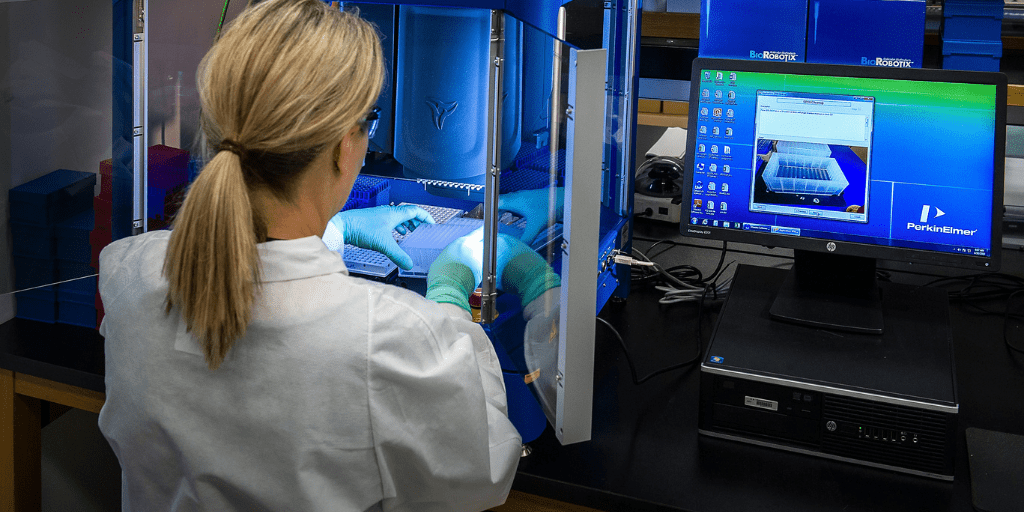
Pain is one of the most complex and challenging conditions to treat, affecting millions of people worldwide. For decades, pain management relied heavily on medication, particularly opioids, which led to widespread concerns about addiction and long-term health complications.
The American Medical Association suggests that roughly 3% to 19% of individuals prescribed pain medications may eventually develop an addiction. This addiction can lead to serious health complications, dependence, and difficulties in daily life.
Fortunately, advancements in medical technology are now offering safer, more effective alternatives. From wearable devices to AI-driven treatments, innovation is reshaping pain management, offering relief with fewer side effects and enhancing patients’ quality of life.
Spinal Cord Stimulation
One of the most significant technological advancements in pain management is spinal cord stimulation (SCS). This method involves implanting a small device that sends electrical pulses to the spinal cord. These pulses disrupt pain signals before they reach the brain.
It has proven effective for individuals dealing with chronic pain conditions like neuropathy and failed back surgery syndrome. If you or an elderly loved one struggles with persistent pain, SCS could be a worthwhile option to explore.
While this is a major technological leap, it’s important to be informed before making a decision. Some devices from certain manufacturers have experienced malfunctions in recent years, posing risks to patient safety. One such example is Abbott.
TruLaw reports that in July 2023, Abbott issued a recall for its Proclaim and Infinity neurostimulation systems. The recall was due to a malfunction that left devices stuck in MRI mode, preventing therapy delivery.
The FDA classified this as a Class I recall, its most serious designation, due to the risk of severe injury or death. Reports indicate a significant number of malfunctions, with MedTech Dive stating that Abbott received 186 reports regarding this issue and 73 injury notices.
As a result, affected individuals have pursued the Abbott Spinal Cord Stimulator lawsuit to hold manufacturers accountable. Understanding these risks can help you make a safer, informed decision about SCS.
Can I exercise or swim with a spinal cord stimulator?
Yes, but with some limitations. Patients are advised to avoid high-impact activities and extreme movements that could dislodge the leads. Swimming is generally safe if the device is fully implanted and healed. It’s important to follow your doctor’s guidelines, as certain movements may still pose a risk depending on your specific condition.
2. AI-Powered Pain Assessment and Personalized Treatment
Artificial intelligence (AI) is playing a crucial role in improving pain management strategies. AI-driven tools can analyze patient data, predict pain flare-ups, and recommend personalized treatment plans.
According to Science Partner Journals, AI has sparked major advancements in healthcare, especially in understanding pain. Traditional methods often struggle to account for the complexity and uniqueness of each patient’s pain experience.
AI, however, can continuously assess pain levels by analyzing various physiological and behavioral signals, such as heart rate, muscle activity, and facial expressions.
By leveraging machine learning, healthcare providers can recognize patterns and develop tailored treatment strategies, reducing the guesswork and improving patient outcomes.
Can AI-powered pain assessment work for all types of pain?
AI is most effective for chronic pain conditions where long-term data trends can be analyzed to personalize treatment. However, acute pain cases, such as post-surgical or injury-related pain, still rely heavily on human evaluation. Their sudden onset and varying intensity make personalized assessment crucial.
3. Wearable Pain Management Devices
Wearable technology is transforming pain relief, offering convenient and non-invasive solutions. One example is transcutaneous electrical nerve stimulation (TENS) units, which use mild electrical currents to interfere with pain signals.
These compact, battery-powered devices have electrode pads that are placed on the skin near painful areas. Cleveland Clinic notes that they stimulate the nerves and help trigger the release of the body’s natural painkillers.
While TENS therapy works well for many people, its effectiveness can vary, and researchers are still exploring the underlying mechanisms. Available both by prescription and over-the-counter, TENS units provide a flexible option for those seeking drug-free pain relief.
However, consulting a healthcare provider before use can help ensure proper placement and device selection for the best results.
Can wearable pain devices replace medication?
While wearable devices can reduce dependency on pain medications, they may not fully replace them for all patients in every situation. They are best used as part of a comprehensive, multi-faceted pain management plan tailored by a healthcare provider.
4. Virtual Reality (VR) for Pain Distraction
Virtual reality (VR) is quickly becoming a powerful tool for pain management, especially for patients undergoing painful procedures. By immersing individuals in a virtual world, VR shifts their focus away from discomfort. This reduces their awareness of both their physical surroundings and painful sensations.
The impact of VR is particularly remarkable in children, who often struggle with anxiety and pain during medical procedures. Traditional pain management methods may not always be effective, but VR offers a unique solution by providing a fun and engaging distraction.
Instead of focusing on medical procedures, young patients can explore underwater worlds or soar through space, turning fear into fascination.
This lowers pre-procedural anxiety and also helps reduce pain perception during and after treatment.
Can I use VR for pain relief at home?
Yes, several VR applications are available for home use, helping patients manage stress, anxiety, and chronic pain. However, professional VR-based pain management is typically more advanced. It offers tailored therapies, personalized treatment plans, and is integrated into specialized medical care settings.
The Future of Pain Management: A Tech-Driven Approach
With advancements in medical technology, the future of pain management appears bright. Researchers are investigating bioelectronic medicine, which utilizes devices to interact with the nervous system and control pain. Additionally, they are working on regenerative therapies that harness stem cells to restore damaged tissues.
While these advancements bring hope, they also come with challenges, such as regulatory approvals, cost barriers, and potential risks. The Spinal Cord Stimulator Lawsuit highlights the need for continuous improvement in medical technology. Rigorous testing is essential to ensure these devices remain a safe and effective option for pain management.
For those exploring pain management options, staying informed about new technologies and potential risks is crucial. While cutting-edge treatments offer incredible benefits, it’s always important to weigh the risks and consult healthcare professionals before making decisions. The future of pain management is here, and technology is at its forefront.












